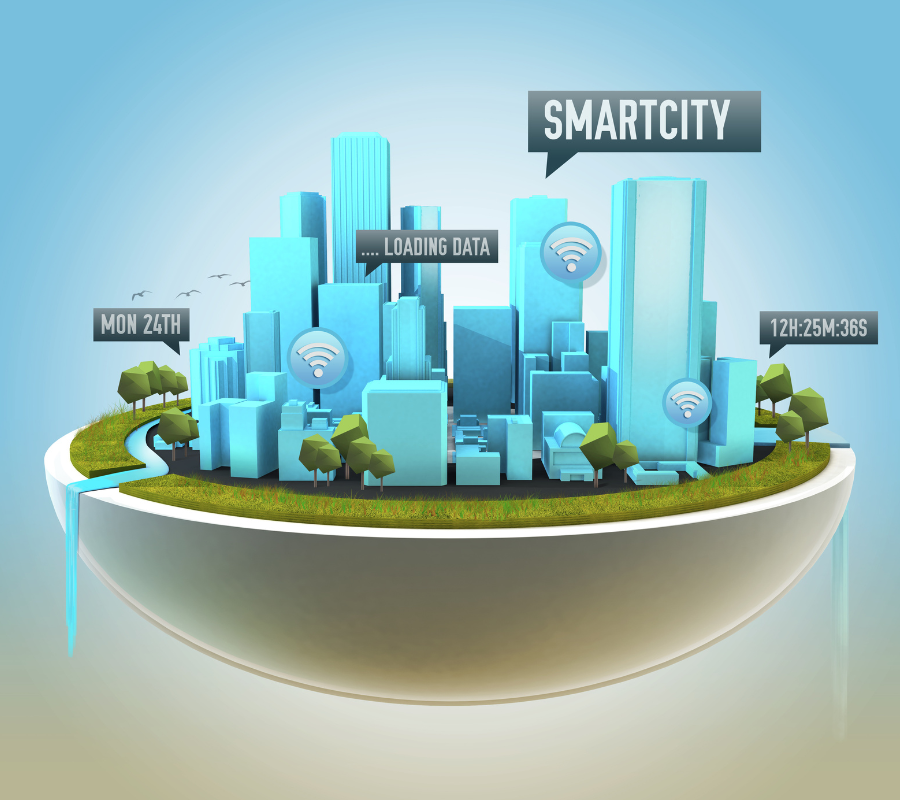On Tuesday 15 November 2022, the number of people on Earth passed the eight billion mark. According to UN estimates, this curve will continue to climb until it reaches a peak of 10.4 billion people in the late 2080s.
With more and more people migrating to the same regions, and more and more people living in the same cities in the coming decades, the challenge of preserving the health of our planet is therefore considerable.
What can be done about it? BIM, Building Information Modeling, is already helping to improve the energy efficiency of our buildings and cities on the environment, and will continue to do so in the coming years. A solution for sustainable construction.
Let’s find out how this methodology will help reduce our environmental impact.
Building Information Modeling: a methodology that extends to the building sector
As a reminder, the BIM methodology allows a virtual representation of the products and materials used in construction. Composed of technical characteristics and 3D modelling, designers, architects and engineers download BIM objects to fill in their digital models.

BIM is set to grow in importance over the next few years, with many countries already implementing it. According to a Statista study, the rate of construction professionals in the UK using this tool has increased from 13% in 2011 to 73% in 2020. In Japan, 54% of professionals have already implemented it.
The reason for this growing implementation of BIM? It is an ideal tool to anticipate the viability of a building. As well as to have a more rigorous follow-up of a construction site, to reduce design errors and to improve productivity and communication during construction. By using this methodology, it is also easier to determine the roles of the different actors in a construction project. Thus, facilitating collaboration between them.
Also according to a Statista survey (2019) of construction professionals using BIM, 81% said that BIM had increased the coordination of construction documents.
And to return to the main topic of this article, BIM obviously also allows the construction sector to have a lower impact on the environment.
BIM : a solution to reduce environmental impact
So if BIM is becoming widespread in the construction sector, how can this methodology help optimise the energy efficiency of buildings?
First of all, using BIM allows for the collection and storage of information and the monitoring of consumption in real time. By keeping track of the materials used, digital project management tools are very effective in gaining more control over the negative impacts of a construction project.
The construction industry uses significant amounts of natural resources to manufacture materials. And much of this is often lost, wasted, in project redesign, inaccuracies or overestimates. According to the French Building Federation, the sector generates around 46 million tonnes of waste per year! 51% of building waste comes from demolition sites, 36% from renovation and 13% from new construction.

Careful monitoring of each operation, in real time and using BIM, would greatly reduce this waste. Indeed, better quality in buildings would mean fewer mistakes. And thus, fewer demolitions and buildings that would last longer over time.
Smart cities: the future of sustainable construction
Source : Canva
According to the UN, almost 70% of the world’s population will live in cities by 2050, compared to 55% today. The importance of BIM is therefore felt in order to combine larger cities with respect for the environment. The solution? Smart cities, better known as intelligent cities.
According to the CNIL, smart cities represent a new concept of urban development : “It is about improving the quality of life of city dwellers by making the city more adaptive and efficient, using new technologies that rely on an ecosystem of objects and services.”
CIM or City Information Modeling is a methodology that goes one step further than BIM. It is key in the creation of “smart cities“. Indeed, while BIM encompasses the modelling of building information, CIM provides building stakeholders with a global and digital vision of a city. The aim is to build more intelligently, efficiently and therefore sustainably. CIM also opens up new perspectives in terms of energy efficiency.
Thanks to this methodology, Smart Cities projects will make it possible to overcome the challenges of growing urbanisation and climate change. As well as ageing buildings, the need for economically accessible housing, not to mention the need to respond to the influx of traffic.
Do you have questions about the digitalisation of the building sector ? Or about the implementation of new sustainable digital solutions within your company? Please contact us!

